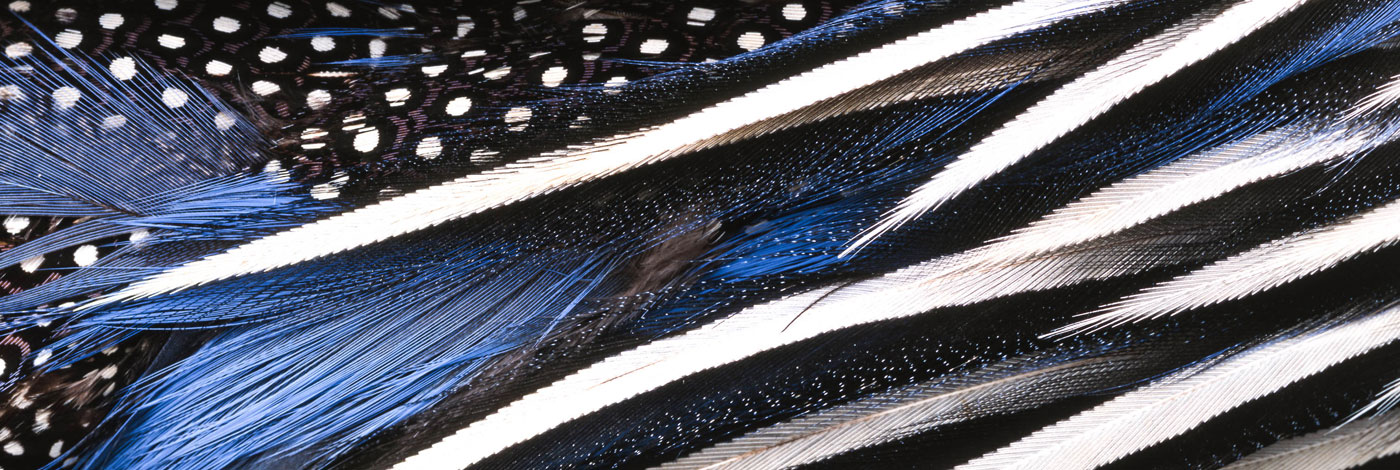
 Zoosystema
27 (1) - Pages 95-113
Zoosystema
27 (1) - Pages 95-113In the frame of the study of the evolution of Tingidae (Heteroptera), the morphological structure of fifth instars of 13 species is analysed here, through their description, namely Amblystira peltogyne, Aristobyrsa uaupenensis, Atheas insignis, Corythauma ayyari, Corythucha mcelfreshi, Dictyla rasilis, Idiocysta dryadis, Kapiriella maynei, Leptopharsa gibbicarina, Orotingis eueides, Urenthius vepris, Phatnoma marmorata, Eocader vergrandis. Larvae exhibit outgrowths on the dorsum, which are proper characters. A description and classification of the wide range of outgrowth shapes separated in two main categories is provided. These outgrowths are hypothesized as apomorphic in the framework of the evolution of Tingidae, and an evolutionary scenario of outgrowth morphology is attempted. Species with larvae without outgrowth are more plesiomorphic, and those with outgrowths evolved from the former. Their outgrowths, first simple, became complex during the evolution.
Insecta, Heteroptera, Tingidae, evolution, larvae, morphology, tubercles.